Loon launches floating balloon-powered internet service in Kenya
Google's sister company Loon is deploying a fleet of 35 solar-powered balloons that will provide internet service across more remote areas of Kenya by floating on stratospheric winds.
This is Loon's first non-emergency, commercial internet service. Previously the company provided emergency-only internet access in response to disasters such as the 2017 Hurricane Maria in Puerto Rico and the 2019 earthquake in Peru.
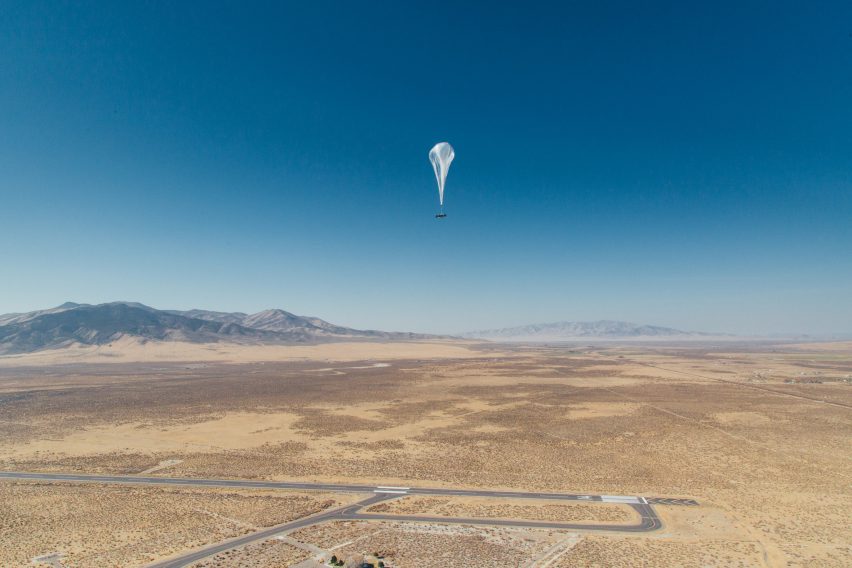
Loon – a subsidiary of Alphabet Inc and one of Google's "moonshot" projects – is using a fleet of what will eventually be more than 35 balloons to provide a 4G wireless broadband service to Telkom Kenya subscribers across the country.
The firm began deployment on Tuesday 7 July 2020 and will continue to add balloons to achieve its target fleet size in the next few weeks, in order to offer a more consistent internet availability.
The service will span nearly 31,000 square miles across western and central parts of Kenya, including its capital, Nairobi, and the areas of Iten, Eldoret, Baringo, Nakuru, Kakamega, Kisumu, Kisii, Bomet, Kericho and Narok.
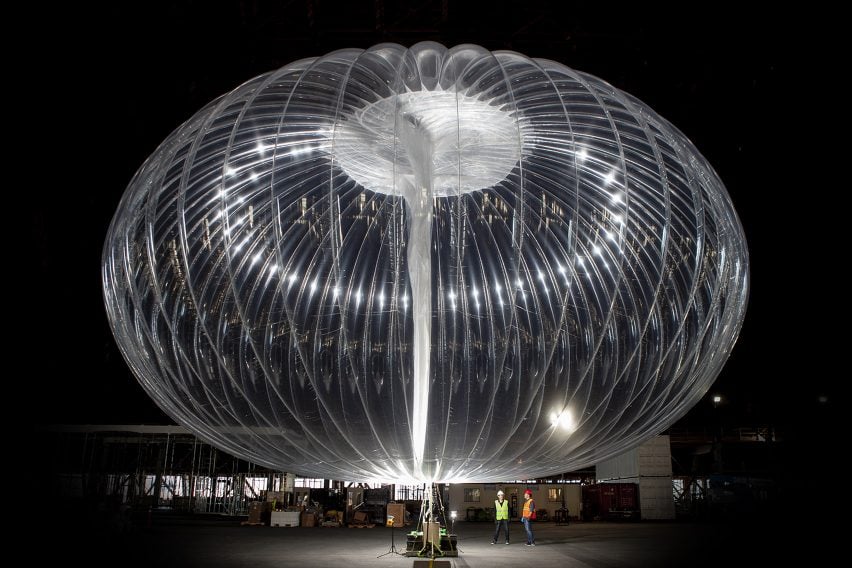
Made from sheets of polyethylene and each measuring the size of a tennis court, the flight vehicles are sent 11 miles into the air using twin, 90-foot-tall automated machines.
Once in the air, they are in constant motion on the edge of space, hovering on stratospheric winds, where they send internet signals to ground stations and personal devices.
Monitored via software controlled on the ground, the balloons are directed by machine-learning algorithms that have developed their own complex navigational movements.
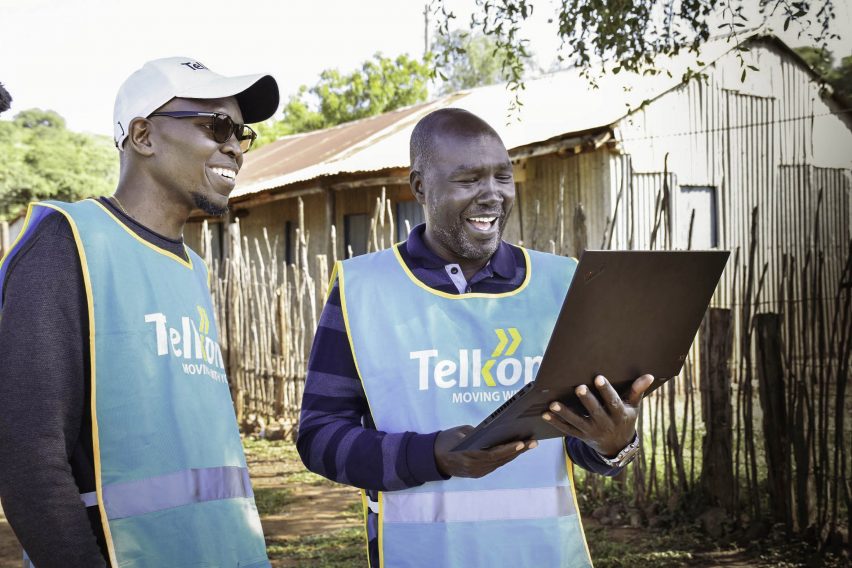
The balloons are billed by the company as a more cost-effective way of expanding phone companies' coverage in certain areas, instead of laying cables or building cell towers.
Loon CEO Alastair Westgarth said that the company has been testing its Kenyan service balloons for the past few months and has connected over 35,000 users to the internet.
This includes providing an uplink speed of 4.74 megabits per second (Mpbs), a downlink speed of 18.9 Mbps, and latency of 19 milliseconds. Loon has also tested various services such as voice and video calls, email, texting and web browsing.

"Nearly 3.8 billion people, or about half of humanity, don't have access to the internet, and many more lack what we would consider meaningful access," said Westgarth.
"This has proven a tough problem to solve," he continued. "Despite efforts by many, we've seen a dramatic slowdown in the growth of internet access in the last few years, from 19 per cent in 2007 to less than six per cent in 2018."
"And all of this is happening as the demand for connectivity is growing exponentially – and not just from people, but also from the internet-connected things that those people increasingly rely upon."
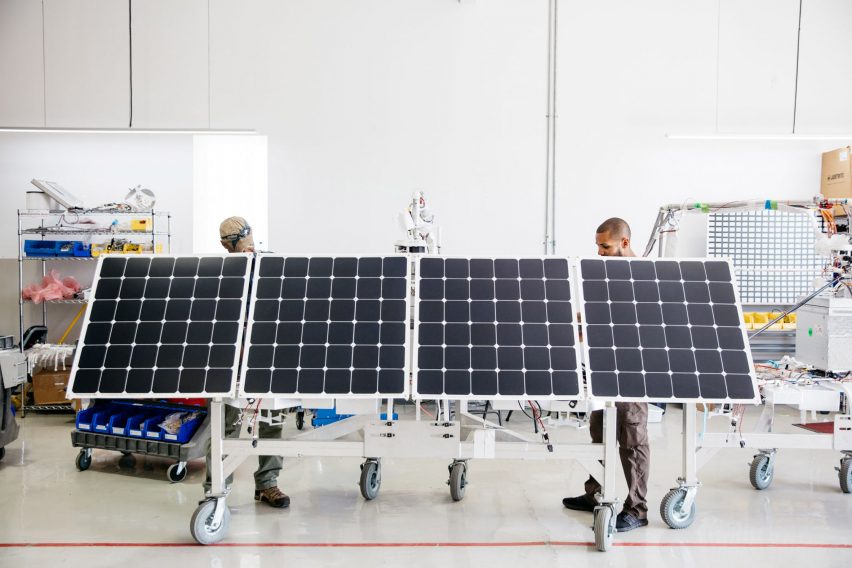
As Westgarth explains, Loom doesn't want to replace existing ground and space-based connective technologies like cell towers, fibre optic and satellites, but rather it aims to add a "third layer" to "the connectivity ecosystem" to make internet services more accessible.
"From here, we can leverage the strengths of both existing layers – the lower latency of a connection from the ground and the expanded coverage area of a connection from space – to connect more people, places and things worldwide," he said.
"What we're seeing in Kenya today is the laying of the foundation for a third layer of connectivity," Westgarth continued.
"It was a long time in the making, and there is still a lot of work to be done to establish this new layer of connectivity. But today we're seeing the possibility of what the future can hold if we succeed."
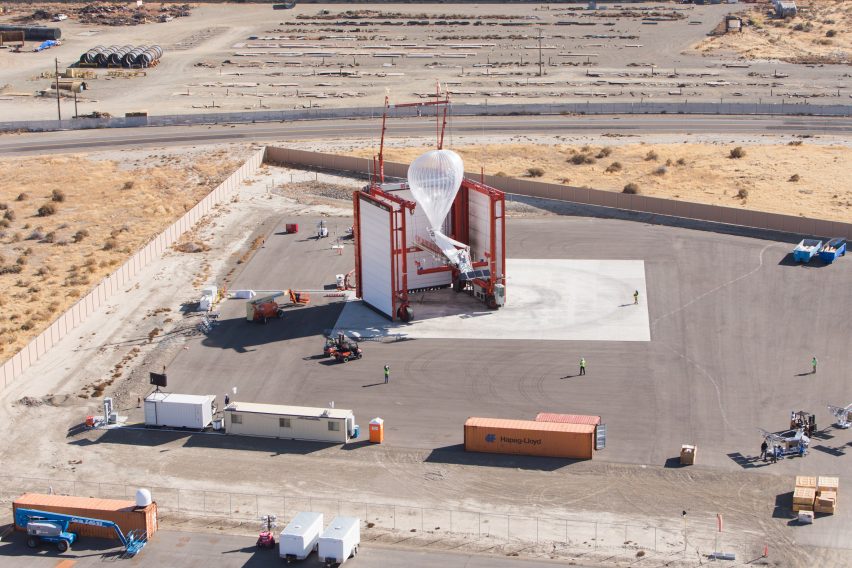
PriestmanGoode also designed a high-altitude balloon that would float around the stratosphere, but for a different purpose.
If realised, the pressurised capsule and balloon, called Neptune, would take space tourists on a six-hour journey to the edge of space.